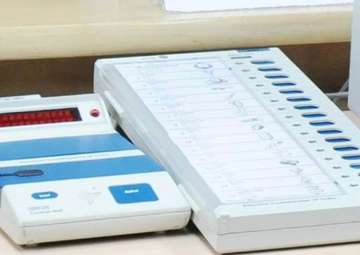In a first, a forensic test was conducted on an EVM on the orders of a high court to check whether it can be tampered with and the lab gave its clearance saying there is no evidence of manipulation in the machine. According to a senior Commission functionary, who did not wish to be quoted, it is for the first time an EVM underwent such a test.
EVMs had replaced the ballot paper nearly 20 years ago. In May, the Bombay High Court had ordered examination of the EVMs from the Parvatti constituency in Pune. The order was issued to rule out tampering during elections to Maharashtra legislative assembly in 2014.
The court had asked the central forensic science laboratory (CFSL), Hyderabad to examine the EVMs and opine as to whether they could have been remotely accessed. It also asked the lab to find out whether there was any additional memory chip with other data that could be activated to alter results of an election.
One control unit, one ballot unit and two batteries were sent to the lab. An EVM comprises a control unit and a ballot unit.
As per the report received from the lab, the machine is a stand alone, non-networked, one-time programmable unit, which is neither computer controlled externally nor could be connected internally or to any network.
"Hence, it is opined that no evidence of tampering, altering or any other manipulation could be detected," the report said.
The report was made public after being submitted to the high court.
After the declaration of assembly poll results of Uttar Pradesh, Punjab, Goa, Manipur and Uttarakhand, some parties had raised concerns over the credibility of EVMs used by the EC and had alleged tampering of the machines during the elections.
In April, 13 parties had met the Commission and had urged it to revert to the old ballot paper system. After an all-party meet on the issue, the poll panel had organised a challenge to tamper with its EVMs. But no political party took part in the June 3 challenge.
Latest India News

